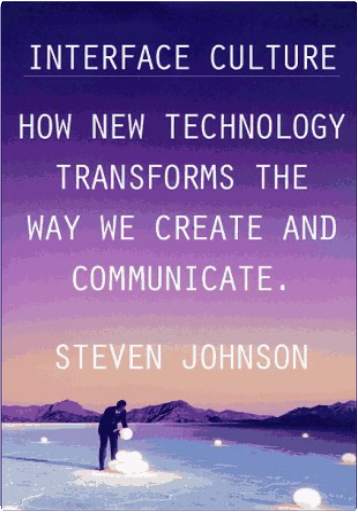 "As our machines are increasingly jacked into global networks of information, it becomes more and more difficult to imagine the dataspace at our fingertips, to picture all that complexity in our mind's eye . . . Representing all that information is going to require a new visual language, as complex and meaningful as the great metropolitan narratives of the 19th-century novel."—from Interface Culture  Bestselling author Steven Johnson recounts—in dazzling, multidisciplinary fashion—the story of the brilliant man who embodied the relationship between science, religion, and politics for America’s Founding Fathers. 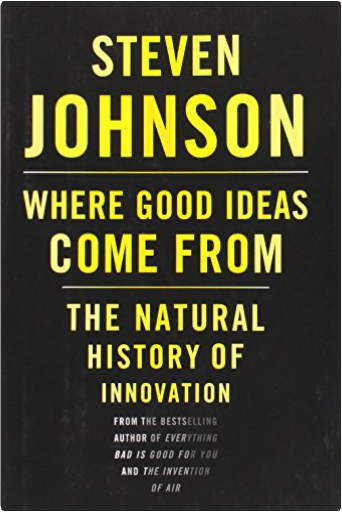 One of our most innovative, popular thinkers takes on-in exhilarating style-one of our key questions: Where do good ideas come from? 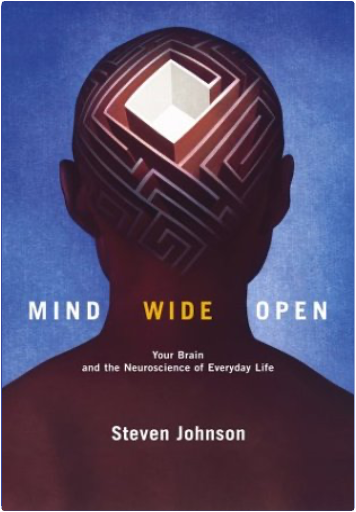 A tour of cutting-edge brain research reevaluates the essence of human personality, explaining how the brain predicts and processes events, citing the sources of creativity and ideas, and offering insight into neurochemistry. 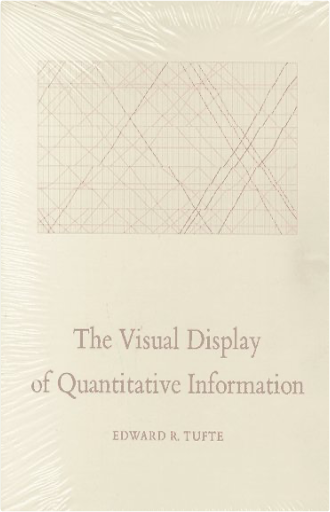 A modern classic. Tufte teaches the fundamentals of graphics, charts, maps and tables. "A visual Strunk and White" (The Boston Globe). Includes 250 delightfullly entertaining illustrations, all beautifully printed. 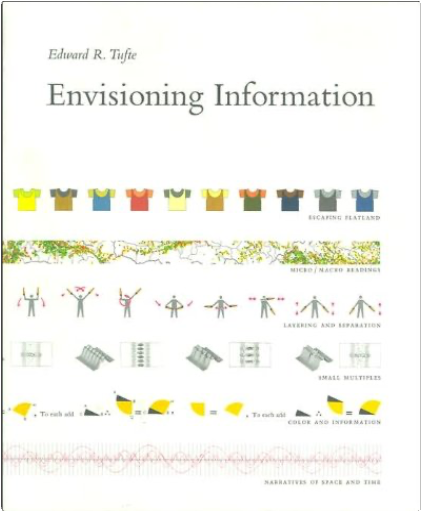 This book celebrates escapes from the flatlands of both paper and computer screen, showing superb displays of high-dimensional complex data. The most design-oriented of Edward Tufte's books, Envisioning Information shows maps, charts, scientific presentations, diagrams, computer interfaces, statistical graphics and tables, stereo photographs, guidebooks, courtroom exhibits, timetables, use of color, a pop-up, and many other wonderful displays of information. The book provides practical advice about how to explain complex material by visual means, with extraordinary examples to illustrate the fundamental principles of information displays. Topics include escaping flatland, color and information, micro/macro designs, layering and separation, small multiples, and narratives. Winner of 17 awards for design and content. 400 illustrations with exquisite 6- to 12-color printing throughout. Highest quality design and production. 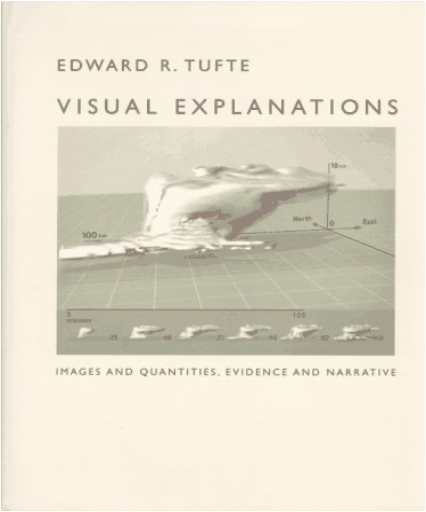 Describes design strategies - the proper arrangement in space and time of images, words, and numbers - for presenting information about motion, process, mechanism, cause, and effect. Examines the logic of depicting quantitative evidence. |  Science and art have in common intense seeing, the wide-eyed observing that generates visual information. Beautiful Evidence is about how seeing turns into showing, how data and evidence turn into explanation. The book identifies excellent and effective methods for showing nearly every kind of information, suggests many new designs (including sparklines), and provides analytical tools for assessing the credibility of evidence presentations (which are seen from both sides: how to produce and how to consume presentations). For alert consumers of presentations, there are chapters on diagnosing evidence corruption and PowerPoint pitches. Beautiful Evidence concludes with 2 chapters that leave the world of pixel and paper flatland representations - and move onto seeing and thinking in space land, the real-land of three-space and time. 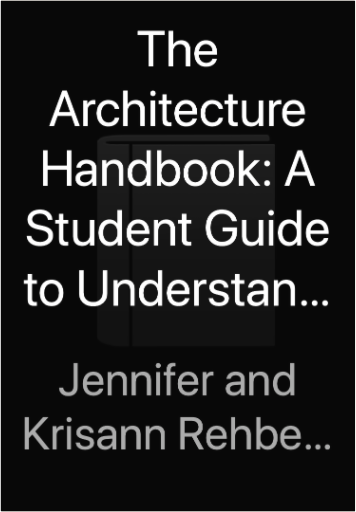 The Architecture Handbook: A Student Guide to Understanding Buildings 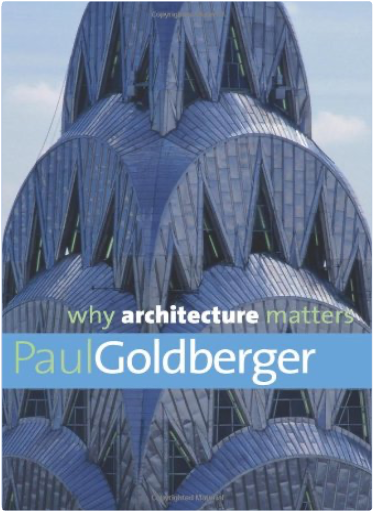 Why Architecture Matters is not a work of architectural history or a guide to the styles or an architectural dictionary, though it contains elements of all three. The purpose of Why Architecture Matters is to “come to grips with how things feel to us when we stand before them, with how architecture affects us emotionally as well as intellectually”—with its impact on our lives. “Architecture begins to matter,” writes Paul Goldberger, “when it brings delight and sadness and perplexity and awe along with a roof over our heads.” He shows us how that works in examples ranging from a small Cape Cod cottage to the “vast, flowing” Prairie houses of Frank Lloyd Wright, from the Lincoln Memorial to the highly sculptural Guggenheim Bilbao and the Church of Sant’Ivo in Rome, where “simple geometries . . . create a work of architecture that embraces the deepest complexities of human imagination.” 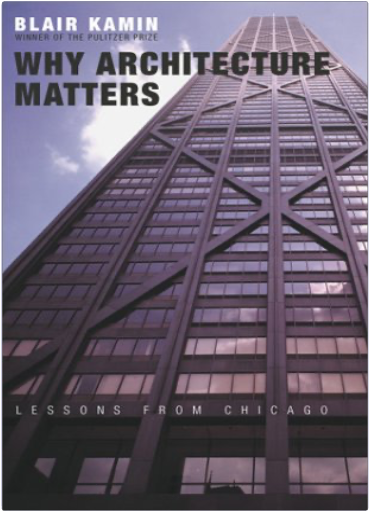 For more than a decade, Pulitzer Prize-winning Chicago Tribune architecture critic Blair Kamin has been writing fiery, intelligent essays on the state of contemporary architecture. His subjects range from high-rises to highways, parks to public housing, Frank Lloyd Wright to Frank Gehry. Why Architecture Matters collects the best of Kamin's acclaimed columns, offering both a look at America's foremost architectural city and a taste of Kamin's penetrating, witty style of critique. 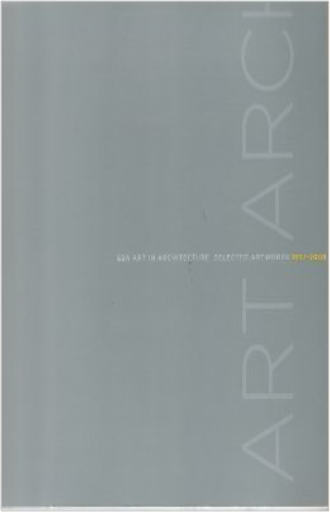 Since the inception of GSA's art program more than three hundred and fifty works of art have been installed. This book showcases twenty-seven of these commissions. All from the past decade, these works provide a window into the important cultural and civic discourses between the American people and their government. These artworks also affirm, through their creative and aesthetic expressions, that our democratic society is something to cherish and celebrate. Selected from across the nation, these commissions highlight the talents and diversity of America's artists and the wide spectrum of aesthetic, conceptual, and theoretical inquiry they are exploring. 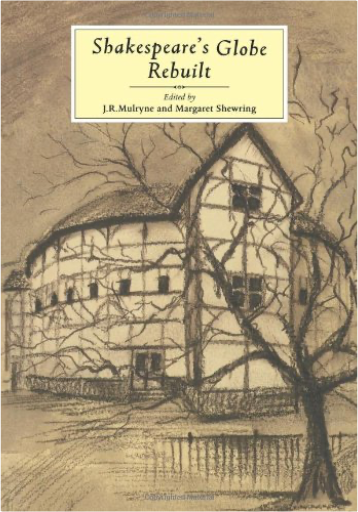 The rebuilding of the Globe theater (1599-1613) on London's Bankside, a few yards from the site of the playhouse in which many of Shakespeare's plays were first performed, must rank as one of the most imaginative enterprises of recent decades. The realization of the vision of Sam Wanamaker and his architect Theo Crosby, it has aroused intense interest among scholars and the general public worldwide. In anticipation of the official opening and the first performance season, visitors have been drawn in large numbers to the auditorium and exhibition. Shakespeare's Globe Rebuilt offers a fully-illustrated account of the research that has gone into the Globe reconstruction, drawing on the work of leading scholars, theater people and craftsmen to provide an authoritative view of the twenty years of research and the hundreds of practical decisions entailed. Documents of the period, both visual and written, have been explored anew; the techniques of timber-framed building have been relearned; the archaeology of the Globe and the neighboring Rose playhouse has been further evaluated; the decorative practices of Elizabethan craftsmen have been researched; and all this reconciled with the requirements of the actors and the practical and legal restrictions of modern architectural design. The result is a book that will fascinate scholarly readers and laymen alike. 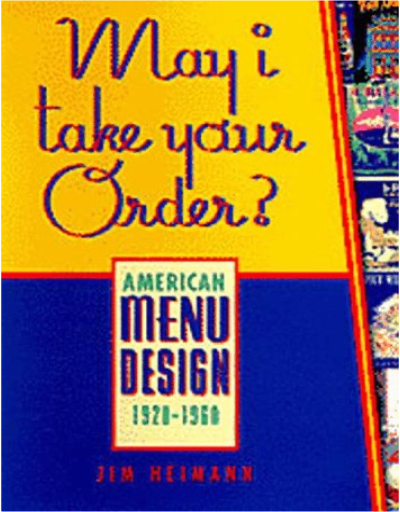 Our special today is a tasty treat called May I Take Your Order? Brimming with classic restaurant menus from the roaring '20s through the fabulous '50s, May I Take Your Order? is the first book to feature this hot new collectible and design resource with hundreds of color reproductions. Author Jim Heimann showcases 250 original menus from all kinds of restaurants, including roadside diners à la Route 66, theme restaurants (travel, Western-style, celebrity eateries), five-star restaurants, nightclubs, bars, and cafés. With menus and vintage photographs from some of the greatest dining establishments of the era, this survey of a popular artform offers an uncommon perspective on design in the early half of the century — as well as a glimpse of prices and culinary preferences of yesteryear. From the elegance of Art Nouveau to playful Art Deco designs to the ultra-modernism of the late Ô50s, this is an exciting new y'nd for artists, designers, and restaurateurs looking for ideas and inspiration. |

library 101720
Collection Total:
1,127 Items
1,127 Items
Last Updated:
Oct 17, 2020
Oct 17, 2020

 Made with Delicious Library
Made with Delicious Library